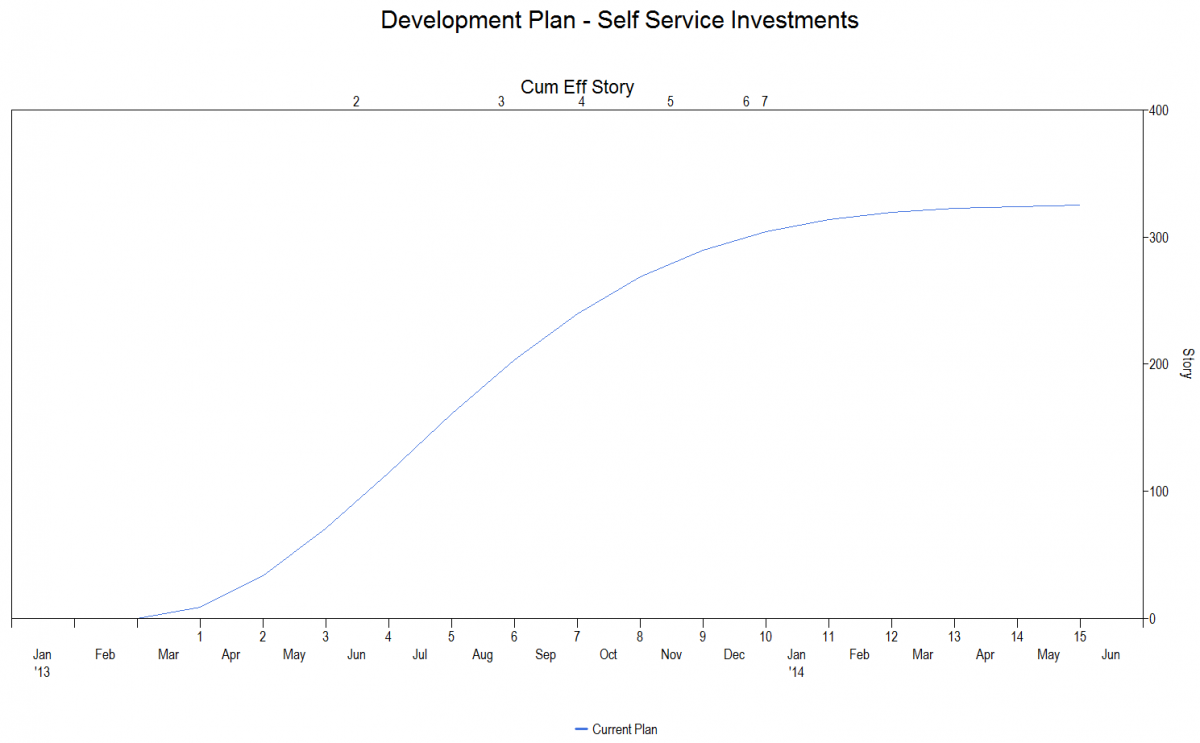New Article: 5 Software Laws For Smooth Product Development

QSM's Larry Putnam, Jr. and Don Beckett recently published "5 Software Laws for Smooth Product Development" in Software Executive Magazine. Corporate executives are often removed from the daily ins and outs of software development and execution by necessity. Since their focus is on long-term projects and goals that will lead to profitability, they don't have time to be part of daily development meetings. Even so, executives should take steps to ensure they are firmly in the loop with software development projects, especially in the critical planning phases prior to project kickoff. This article identifies five core software development laws software executives should be mindful of to ensure their organizations software projects stay on schedule and within budget.



